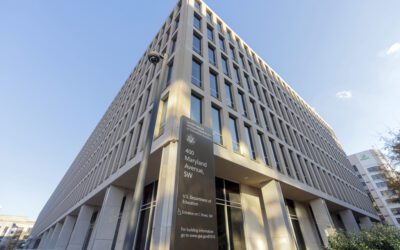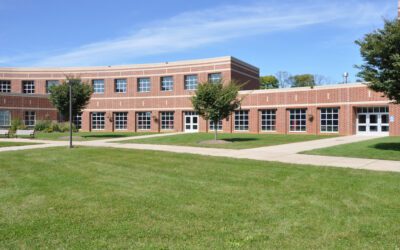
An empty classroom
The League of Women Voters of Pennsylvania strongly supports Governor Josh Shapiro’s 2024-25 Pennsylvania budget proposes a historic increase in K-12 public education funding. There are clear benefits of investing in education, however, the State Senate hesitates, preferring tax cuts over addressing severe funding inequities that have left poorer districts underfunded and increases local tax burdens.
It’s state budget time in Pennsylvania, and Gov. Josh Shapiro has proposed a budget for 2024-25 that includes a historic increase in funding for K-12 public education. Negotiations are now underway in the State House and Senate.
While there may be many aspects of the Governor’s full budget that are subject to debate, surely the proposal for increased K-12 spending cannot be one of them, even despite the historic proportions of this budget. This is an easy and obvious decision, one fully supported by the League of Women Voters of Pennsylvania. And yet the logic behind how the state funds its public schools in Pennsylvania has long defied understanding.
For example, it’s hard to understand how, in a state so rich in natural resources, the Pennsylvania legislature, over decades of budget decisions, could allow the funding of public schools to get so bad that the Commonwealth was ranked among the bottom states across the nation, providing only 37% toward the cost of running local schools compared to the national average of about 46%.
It’s hard to understand why the Pennsylvania legislature has long chosen to allocate these funds to schools in a way that makes gross inequities worse across school districts, creating wealthy school districts side by side with districts that struggle to cover basic maintenance.
The inequity is so extreme that Pennsylvania ranks among the states with least equitable funding in the nation, because students of color and those who live in areas with high poverty and have the greatest need, actually have up to 10% less funding per student than school districts with wealthy and predominantly white students.
In fact, it’s so unjust that in 2023 the Commonwealth Court ruled it unconstitutional and ordered the legislature to make it right.
It’s hard to understand why, after a bipartisan Commission has recommended the formula, the timeline, and the process to fix this per the Court order, and the Governor has put this into his budget, that members of the State Senate are balking at it, claiming it’s too expensive. In fact, the first-year cost is an investment in education of $1.8 billion, when the state has a surplus of $14 billion and the proposed budget does not raise any taxes.
It’s hard to understand why the Pennsylvania State Senate has murmured about using that surplus to decrease state taxes, when local taxes are high because they must make up the difference between the low state support and the actual cost to run these schools. What the state doesn’t cover, local districts must, thus high local taxes. Pennsylvanians pay more for their schools in local property taxes then two thirds of the rest of the states.
In fact, in Pennsylvania, local property taxes are responsible for 43% of the costs of public schools, compared with the national average of 36%. Keeping the funding to schools low will keep local taxes high, and a small decrease in state taxes isn’t going to make up for that.
It’s hard to understand why the State Senate would hesitate, for even a moment, to invest in public schools since research has shown that better quality schools are good for the state’s economy. Students who graduate from quality schools are more likely to find gainful employment and become contributing taxpayers.
They also enjoy stable families, and are less likely to commit crimes, to be on welfare assistance, or require public healthcare. Investing in quality education is good for the economic future of the Commonwealth.
The League of Women Voters of Pennsylvania believes that all children deserve access to high-quality public education and opportunities to learn and thrive. It’s the just and moral thing to do for our children and it’s the right investment for the future of Pennsylvania.
It’s hard to understand why the State Senate would do anything other than approve the Governor’s education budget, invest in the future economy of Pennsylvania, and do the right thing by their constituents – both the taxpayers of today and the taxpayers of the future.
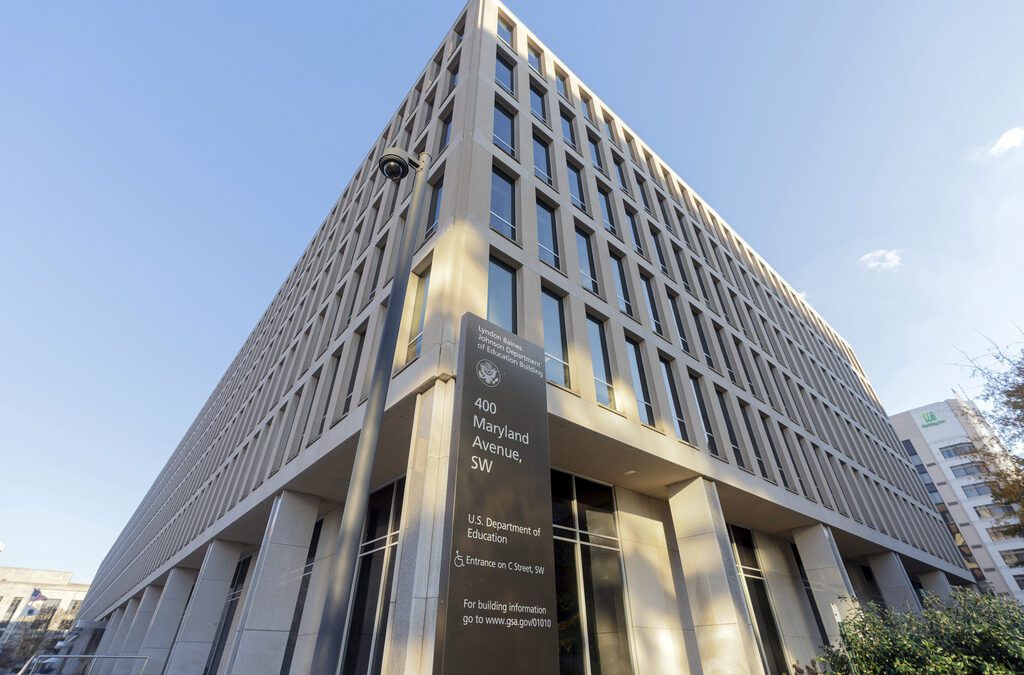
How the government shutdown will affect student loans, FAFSA and the Education Department
Already diminished by cuts by the Trump administration, the U.S. Education Department will see more of its work come to a halt due to the government...

With no end to budget impasse in sight, Pa. school districts and counties warn of program cuts
The 2025-2026 state budget is overdue by three months as partisan gridlock drags on. School districts and county governments face cascading...
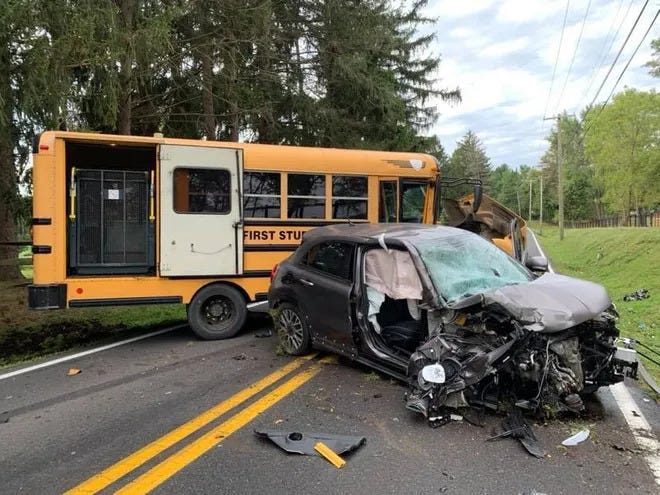
Where school zone speeding, failure to stop for a school bus infractions occur most in PA
More than a quarter of all traffic offenses involving school zones and school buses in Pennsylvania occur in the first two months of the school year...
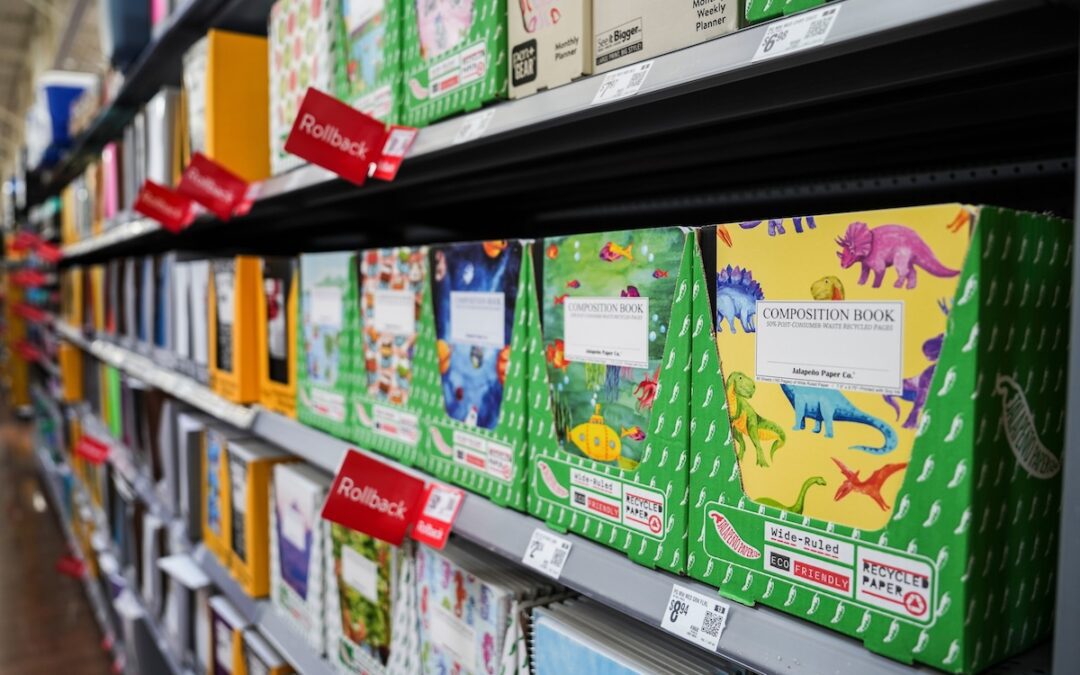
PA ranks high in spending on back-to-school supplies by parents, teachers
Pennsylvania ranks No. 5 in the nation for spending on back-to-school shopping. And it ranks No. 1 for what teachers spend from their own wallets to...
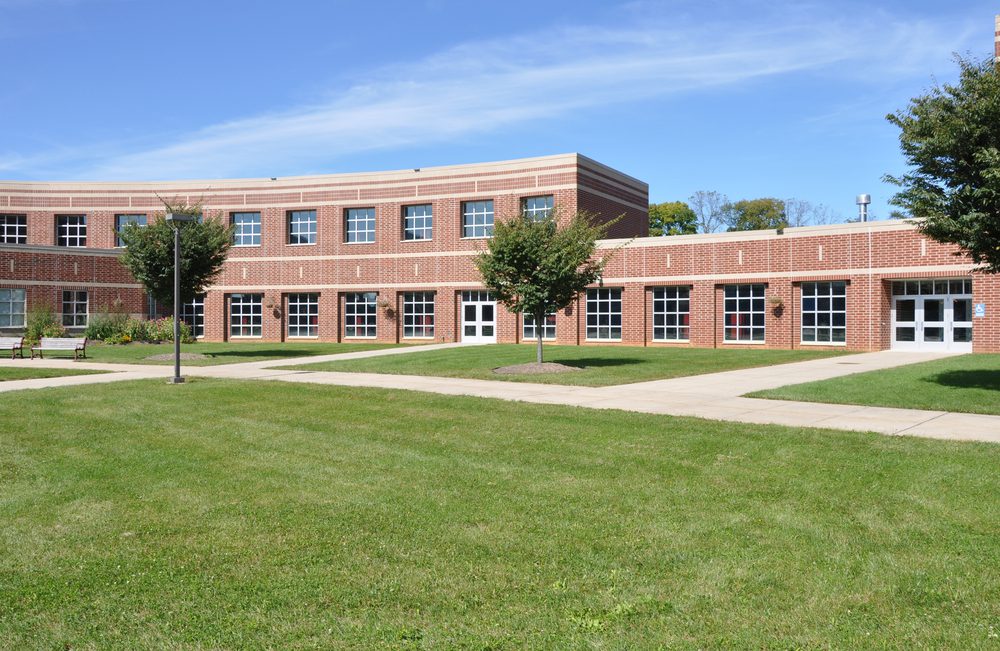
Pa counties, school districts prepare for service cuts if a state budget isn’t delivered soon
For some, the impasse in Harrisburg brings back memories of the 2015 standoff that saw some service providers take out loans they’re still repaying....



